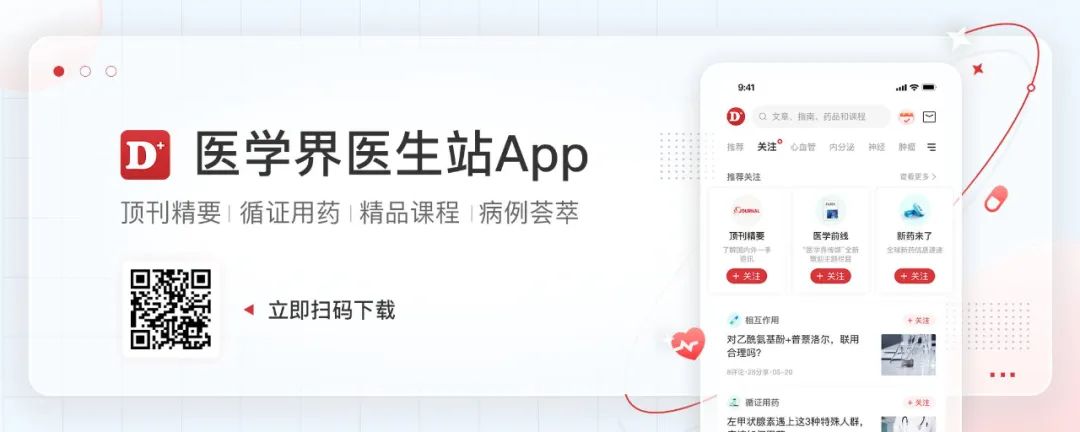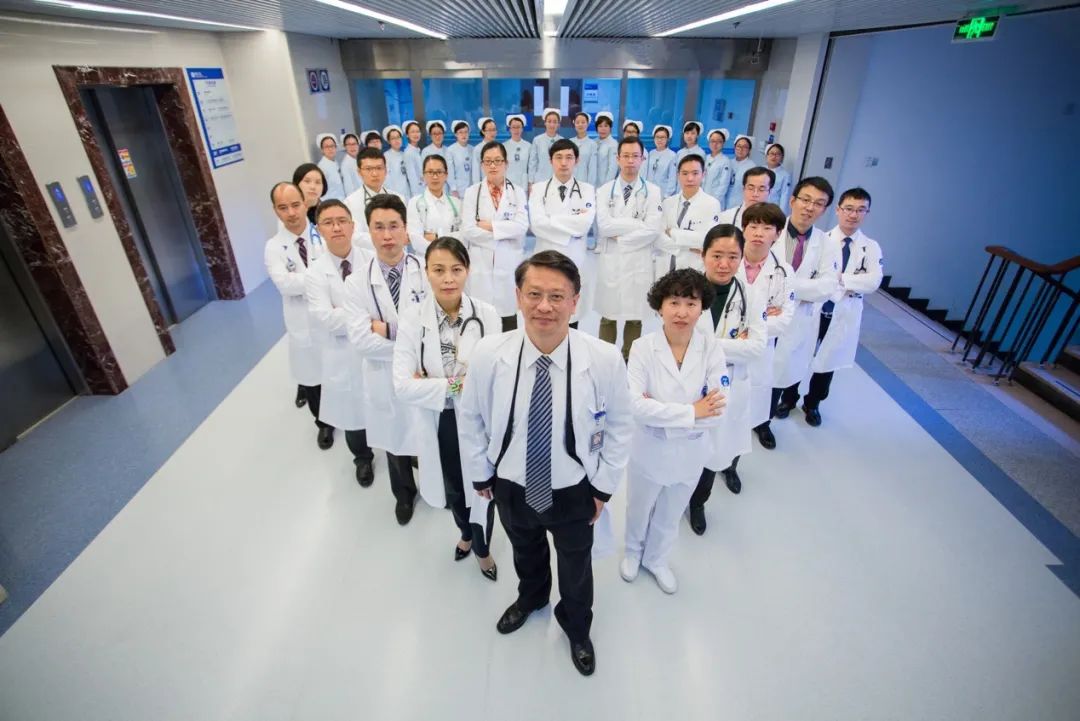Professor Li Wen: The forefront of immunotherapy of lung cancer in T drugs, joined hands with the MDT diagnosis and treatment model to help the whole process of disease management and improvement of diagnosis and treatment
Author:Cancer Channel of the Medical Time:2022.07.12
*For medical professionals for reading reference

Professor Li Wen interpreted the current status of lung cancer immunotherapy and MDT diagnosis and treatment model!
Immunotherapy is an important treatment for non -small cell lung cancer (NSCLC) and a wide range of small cell lung cancer. In recent years, immunotherapy has made many breakthroughs in early, local advanced and advanced NSCLC. The effectiveness of immunotherapy in NSCLC has been widely proven and has been approved by a number of relevant applications. It has been widely used in China in China. At the same time, the application of the multi -disciplinary team (MDT) diagnosis and treatment mode in anti -tumor treatment is the focus of current clinical practice. The MDT model also plays an important role in individualized diagnosis and treatment and the management of immunotherapy.
The "Medical Circular Cancer Channel" specially invited Professor Li Wen, the Department of Respiratory and Critical Medicine of the Second Affiliated Hospital of Zhejiang University Medical College, and shared the significance of the application status of immunotherapy and the MDT diagnosis and treatment model in the management of lung cancer diagnosis and immunotherapy.
At the time of life, the adaptive certificate of T drugs is approved, and the problem of recurrence after improvement of surgery is improved
Professor Li Wen introduced: "For early NSCLC patients, surgical treatment is still a current efficient and irreplaceable treatment method, but early NSCLC patients still have unsatisfactory treatment needs. There are still 30%-60%of patients surgery. After a recurrence and metastasis [1], reducing the recurrence/metastasis of the disease, and the improvement of the cure is urgently needed to be solved. Postoperative adjuvant treatment came into being.
However, the effects of previous supplementary chemotherapy in improving the cure rate, reducing recurrence rate, and extending the survival of patients are relatively limited, the curative effect still has room for improvement, and the adverse reactions of chemotherapy drugs have always been the focus of the attention of doctors and patients. Safe and efficient auxiliary treatment solutions have also aroused expectations of doctors, patients and other parties [2].
Professor Li Wen mentioned: "At the time of birth, in March 2022, the National Drug Administration (NMPA) based on the IMPOWER010's joyful efficacy data approved Ayidarzumab for testing and evaluation of ≥1%tumor cells ( TC) PD-L1 staining positive, surgical resection, and auxiliary treatment of non-small cell lung cancer patients in Phase-IIIA after platinum-based chemotherapy.
As early as the annual meeting of the American Society of Clinical Oncology (ASCO) in 2021, the interim analysis of the disease -free survival (DFS) of IMPOWER010 was announced. IMPOWER010 Studies evaluated the efficacy and safety of the use of Ayidabiab and best support therapy (BSC) after the completely resetting patients with IB-IIIA NSCLC, and achieved excellent results. The results showed that for patients with PD-L1 TC ≥ 1% in Phase II-IIIA, the median DFS of the Ayidarzumab group was significantly better than the BSC group (Ne VS 35.3 months), and the risk of recurrence or death was reduced by 34%. (HR 0.66). Amidarzumab showed a significant than the DFS benefit of the BSC group in all random group II-IIIA groups, providing solid evidence-based medical evidence for the approval of the access certificate [3].
Professor Li Wen emphasized: "This indication of Aidari Ming Ming is the first and only NSCLC postoperative assistance immunotherapy indication for NSCLC. Cell Cancer Diagnosis and Treatment Guidelines "2022 (referred to as" CSCO Guide ") and the latest authoritative guidelines at home and abroad at home and abroad, such as the National Comprehensive Cancer Network (NCCN) non-small cell lung cancer guide (2022 V3), are recommended by PD-L1 TC ≥ 1% of early NSCLC patients with new standards for therapy after cure resection, and Adi Zhuabi has become more and more auxiliary therapy drugs selected and trustworthy for clinicians [4-5].
There is a law that can be based on the law, standardized diagnosis and treatment is the key to the formulation of immunotherapy plans
Talking about the selection of immunotherapy plans for patients with advanced NSCLC, Professor Li Wen emphasized: "Screening the advantages is the prerequisite for formulating the treatment plan. At present, it will screen clinically according to the expression of the patient's PD-L1. Essence
The IMPOWER110 research lays the position of the PD-L1 inhibitors Ayidazab in PD-L1 high-expression patients (TC ≥ 50%or IC ≥ 10%), while the IMPOWER150 research further proves that immunomotive combined therapy can be PD for PD -L1 low expression and high expression patients have brought benefits. Adidarzumab+Bevarzab+Card Platinnefly+Pacin Patnee (ABCP) is realized in any patients with any PD-L1 expression. OS improved, the door of immunotherapy has been opened to more NSCLC patients [6-7].
In the era of standardized diagnosis and treatment, on the basis of selecting suitable patients, when choosing a treatment plan, we must strictly comply with the approval of the adaptive certificate and the recommendation of authoritative guidelines. At present, Ayidzhu's anti -single drug and joint treatment have been approved by the corresponding indication, and the CSCO guidelines have been recommended. "
Professor Li Wen added: "While paying attention to the efficacy of immunotherapy and the beneficiaries, the adverse reactions related to immunotherapy also need to be paid attention to. Better safety is also an extra points for clinicians when choosing drugs. PD-1/PD- The L1 inhibitors have different mechanisms. PD-1 inhibitors can simultaneously combine PD-L1 and PD-L2 sites at the same time, while PD-L2 sites have a physiological regulatory effect on the human respiratory system. In contrast, PD-L1 inhibitors do not block PD-L2 sites, so pulmonary toxicity is smaller. Research published in Cancer magazine in 2017 found that PD-1 monoclonal immunotherapy related adverse reactions The incidence rate is higher (PD-1 VS PD-L1: 16% vs 11%, P = 0.07), and the incidence of intermediate pneumonia is also higher than those who receive PD-L1 monoclonal anti-therapy (PD-1 VS PD -L1: 4% vs 2%, P = 0.01) [8]. "The efficacy and safety need to be taken into account, MDT helps science and individualized immunotherapy
Speaking of adverse reactions related to immunotherapy, Professor Li Wen said: "Although PD-L1 inhibitors are better than PD-1 inhibitors, both adverse reactions need to be paid attention to. The Department of Breathing and Critical Critical Medicine of the Second Hospital has accumulated rich experience in managing adverse reactions related to immunotherapy through MDT. "
Professor Li Wen recalled: "With the formal entered the Chinese market in 2018, Chinese tumor patients have ushered in the era of immune therapy. In this context, respiratory and critical medicine at the Second Affiliated Hospital of Zhejiang University Medical College The department established the MDT team related to adverse immunotherapy and reflected management related to management, and conducted adverse reaction management under the collaboration of multi -department rooms.
Regarding the experience of adverse immunotherapy reaction management, Professor Li Wen shared: "Clinicians will inquire about and focus on their medical history before receiving immunotherapy, and conduct systematic examinations of patients, including physical examination, blood examination, and imaging science Evaluation; after medication, clinicians will emphasize the importance of paying attention to the physical response to patients, and tell the patient to immediately contact the doctor to evaluate the adverse reactions after discovering that abnormal abnormalities. During the process, the MDT team will further evaluate and formulate the patients. "
"So far, based on the continuous exploration and optimization of adverse reactions related to immunotherapy for the MDT team clinicians, the MDT team has been able to mature and efficient management of adverse immunotherapy reactions." Professor Li Wen said.
Make -up and widely beneficial, each showing magical powers, the MDT team "no dead angle" cooperates with the help of patients to benefit from multi -dimensional benefits
As far as MDT itself, Professor Li Wen introduced: "The implementation of the MDT diagnosis and treatment model has two major purposes and advantages. First, the MDT diagnosis and treatment model can bring better benefits to patients, extend the time of survival time as much as possible, improve the quality of life of patients' lives . Second, in MDT cooperative diagnosis and treatment, clinicians can improve the level of diagnosis and treatment through academic exchanges across the department, so as to better benefit patients. "
Regarding MDT operation experience, Professor Li Wen introduced: "The earliest MDT team of breathing and critical medicine at the Second Affiliated Hospital of Zhejiang University Medical College was traced back to October 2017. At that time, our department first established a small lung nodule in the hospital. Multi -disciplinary joint clinics have diagnosed and treated patients with small lung nodules with radiology and thoracic surgeons.
Subsequently, in June 2020, our hospital's respiratory and crisis medical department took the lead in setting up a multidisciplinary diagnosis and treatment team for pulmonary cancer stage III, covering the Department of Respiratory and Cympapture, Radiation Department, Oncology Department, Radiotherapy, Pathology, chest, chest Surgery and other departments. The heterogeneity of lung cancer stage III is relatively strong, and the patient is at the "crossroads" of the treatment. At this time, the treatment and planning of treatment have a very important impact on the prognosis of patients.
In addition, the Department of Respiratory and Critical Critical Medicine of our hospital also established a MDT team covering 16 departments in the early 2021 for tumor patients who used immune examination point inhibitors. In the department, the forces of multiple parties combed the patient's condition and treatment options, chose individualized therapeutic strategies for patients, and extend the patient's survival as much as possible. "
"Overall, since the establishment of the major lung cancer teams of the Second Affiliated Hospital of Zhejiang University Medical College, the MDT team has continued to provide MDT consultations for patients in need. It brings benefits to patients while improving the doctor's diagnosis and treatment ability. "Professor Li Wen said.
Take a group photo of the Department of Respiratory and Critical Medicine of the Second Affiliated Hospital of Zhejiang University Medical College

Clinical scientific research "two hands", basic research and clinical practice "dual -core" promoting new breakthroughs in lung cancer diagnosis and treatment
Professor Li Wen finally said: "As a qualified clinician, you should do 'walk two legs', 'clinical and scientific research on both hands'. Related research in many fields.
In the field of lung nodules, nodules with too small diameter are usually difficult to perform puncture biopsy. We use multiple groups of technologies to analyze the characteristics of the peripheral blood of patients, combine artificial intelligence, assist in judging the nature of the nodule and infiltration depth, and we can also judge the driving genes they may carry. In addition, we lead a national multi -center II study for patients with jumping mutations for Met14 outer 14.
At the same time, the newly -assisted therapy based on immunotherapy is also undergoing the purpose of exploring the best new auxiliary therapy mode, and further analysis of biomarkers through single -cell sequencing technology;
Finally, our basic research also proves that the connection between chronic airway disease and lung cancer is also in the exploration stage. It is expected that the advent of these research results in the future can provide new ideas for the diagnosis and treatment of lung cancer and benefit more patients. "
Expert Introduction
Professor Li Wen
PhD, chief physician, professor, doctoral supervisor

Zhejiang University Seeking Physician
Mayo Clinic Dr. postdate
Deputy Director of Zhejiang University Institute of Respiratory Diseases
Deputy Director of the Second Hospital of Zhejiang University Medical College Affiliated Hospital
The chairman of the Zhejiang Medical Association Respiratory Disease Branch
Member of the Chinese Physician Association Breathing Physician Branch
Members of the Children's Pulmonary Student Group of the Chinese Medical Association's Respiratory Diseases
Member of the Ling Cancer Working Committee of the Chinese Medical Association Respiratory Medicine Branch
Standing Committee and Director of the Standing Committee of the Professional Committee of Has Medical Association
Deputy Chairman of the Chinese Medical Education Association Hypsystormation Rehabilitation Committee
Standing Committee of China Slow Pulmonary Alliance
Chairman of Zhejiang Slow Pulmonary Expert Alliance
Vice President of the Zhejiang Medical Association Breathing Physician Branch
references
[1] .uramoto H, Tanaka F.Recurrence after Surgery in Patients with NSCLC. Transl Lung Cancer Res. 2014.3 (4): 242-249. 242-249. 242-249. 242-249. 242-249.
[2]. Zhang Ru Si, Zhang Lanjun. New assisted therapy for immune examination point inhibitors can be cut unless the current status and outlook of small cell lung cancer. China ’s chest and heart surgery clinical magazine. No. 11, 2020, Vol. 27, P. 134-1352.
[3].Wakelee et, al. IMpower010: Primary results of a phase III global study of atezolizumab versus best supportive care after adjuvant chemotherapy in resected stage IB-IIIA non-small cell lung cancer (NSCLC). ASCO 2021, Abstract 8500.
[4]. China Clinical Oncology Society.
[5]. NETIONAL COMPREHENSIVE CARANCER Network. NCCN Clinical Practice Guidelines in onCology (Non-Small Cell LUNG CANGER).
[6]. Herbst RS, Giaccoone G, de Marinis F, et al. Atezolizumab for First-Line Treatment of PD-L1-Selected Patients with NSCLC. N ENGL J Med. 2020 Oct 1; 383 (14): 1328-133999: 1328-13399 Then, then, then
[7].Reck M, Mok TSK, Nishio M, et al. Atezolizumab plus bevacizumab and chemotherapy in non-small-cell lung cancer (IMpower150): key subgroup analyses of patients with EGFR mutations or baseline liver metastases in a randomised, open -label phase 3 trial. Lancet respir med. 2019 May; 7 (5): 387-401.
[8] .pillai RN, Behera M, Owonikoko TK, et al. Comparison of the Toxicity Profile of PD-1 Versus PD-L1 Inhibitors in Non-Small Cell LUNG CANCER: A Systematic Analysis of.; 124 (2): 271-277.*This article is only used to provide scientific information to medical persons, and does not represent the viewpoint of this platform


- END -
Which medicines are expected to enter medical insurance?How to renew the contract?——The national medical insurance directory adjustment "focus" in 2022
Xinhua News Agency, Beijing, June 16th: Which medicines are expected to enter medical insurance? How to renew the contract? ——The national medical insurance directory adjustment focus in 2022Xinhu
Today, it is officially launched!

/ /gOn June 19, under the Cloud Witness of the 7 academicians of the Chinese Ac...